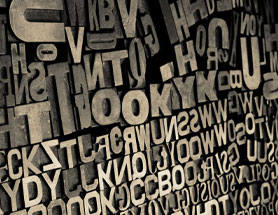 UK FREE 0800 0188895
UK FREE 0800 0188895 - Int: +44 (0)161 226 1114
Call Us Free

Foreign language typesetting is necessary for translations which are going to be presented either in printed formats such as leaflets, brochures or flyers, or on a screen, like presentations for example. It’s the process of laying out translated text and scripts in the same way as the source text.
.
Typesetting a foreign language sometimes can be quite a challenge and there are a lot of particularities the typesetter has to take into consideration. Here just some examples:
.
By offering this service we are helping you to keep your business looking professional in every language, without the need to contact another company for typesetting, which would probably not be aware of the particularities of foreign language typesetting. OSW – your single point of contact!